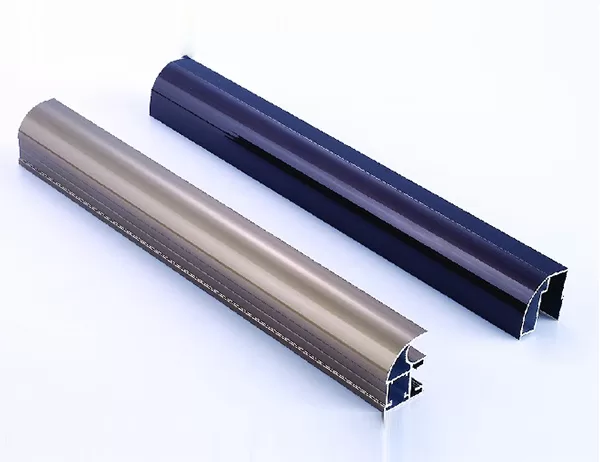Industrial aluminum profiles are widely used in various industries, including construction, automotive, and manufacturing, due to their exceptional strength, lightweight, and corrosion resistance. However, in harsh outdoor environments, these profiles may be exposed to extreme weather conditions, such as intense UV radiation, moisture, and temperature fluctuations, which can potentially degrade their performance and durability. Understanding the weather resistance and durability of industrial aluminum profiles is crucial to ensure their longevity and reliability.
Corrosion Resistance
Aluminum is naturally resistant to corrosion due to the formation of a protective oxide layer on its surface. This oxide layer prevents further oxidation and protects the underlying metal from corrosive elements. However, in acidic or alkaline environments, this oxide layer can become compromised, leading to pitting and other forms of corrosion. Alloying aluminum with other elements, such as magnesium, manganese, and silicon, can significantly enhance its corrosion resistance by strengthening the oxide layer and reducing its susceptibility to breakdown.
UV Stability
Ultraviolet (UV) radiation can cause significant damage to aluminum profiles over time. UV rays can penetrate the oxide layer and initiate photochemical reactions within the metal, leading to discoloration, embrittlement, and surface degradation. Industrial aluminum profiles are often coated with specialized clear or colored anodic coatings to improve their UV stability. These coatings provide a protective barrier against UV radiation and prevent the underlying metal from damage.
Moisture Resistance
Exposure to moisture can accelerate corrosion in aluminum profiles. Water can penetrate through pores or cracks in the oxide layer and initiate electrochemical reactions that lead to pitting and other forms of localized corrosion. Anodizing industrial aluminum profiles creates a dense and sealed oxide layer that significantly reduces moisture absorption and enhances the profile’s resistance to water damage. Additionally, applying hydrophobic coatings can further repel water and prevent corrosion.
Temperature Resistance
Industrial aluminum profiles are often subjected to wide temperature variations in outdoor applications. Extreme heat can cause the metal to expand, while extreme cold can lead to contraction. These thermal fluctuations can induce stress and fatigue in the profiles, potentially compromising their structural integrity. Alloying aluminum with specific elements, such as copper, can improve its temperature resistance by enhancing its strength and stability under varying thermal conditions.
Conclusion
The weather resistance and durability of industrial aluminum profiles are essential considerations for ensuring their long-lasting performance in demanding outdoor environments. Understanding the effects of corrosion, UV radiation, moisture, and temperature on aluminum profiles enables the selection of appropriate alloys, coatings, and treatments to enhance their resistance to these harsh conditions. By considering these factors, engineers and designers can create durable and reliable aluminum profiles that meet the specific requirements of their applications.




